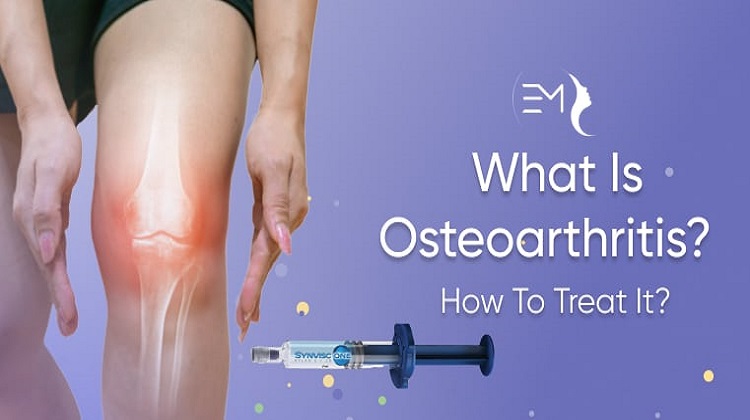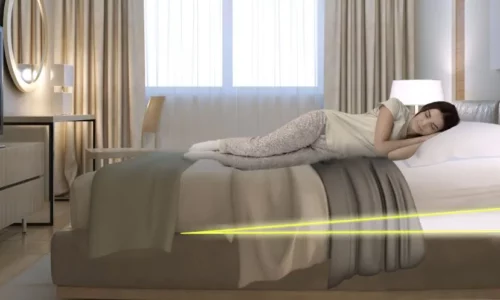
Osteoarthritis and its associated symptoms are quickly becoming recognised as benefiting from massage therapy as a supplemental treatment.
This degenerative condition frequently gets worse with time, causing stiffness, edema, and discomfort in the joints. Millions of people in New Zealand suffer from osteoarthritis, and massage therapists can help them.
Massage has the power to decrease the advancement of osteoarthritis in addition to enhancing pain management and joint function.
This article will take a look at osteoarthritis and how massage therapy can help those with this debilitating condition.
What is osteoarthritis?
Osteoarthritis is a very common medical condition that affects bone, cartilage, ligaments, and muscles. While it can affect every joint in the body, the knees, finger joints, hips, and feet are the most frequently impacted.
Symptoms of osteoarthritis include:
- Discomfort and swelling near the joint
- Small bony spurs developing
- Joint flexibility loss
- Tenderness and stiffness
Although osteoarthritis can occur at any age, it is most common in those over 40 or those who have had joint injuries. In order to rule out any other illnesses or other types of arthritis, you should visit a doctor if you believe you may have osteoarthritis.
Differences Between Rheumatoid Arthritis and Osteoarthritis
Osteoarthritis and rheumatoid arthritis do not have the same causes or treatment choices, despite the fact that they both cause joint pain, inflammation, stiffness, and swelling.
After years of joint cartilage wear and tear, osteoarthritis is more frequently diagnosed in later life. On the other hand, rheumatoid arthritis is an autoimmune condition that can strike at any age. In contrast to osteoarthritis, the beginning of symptoms can happen quickly, within a few weeks or months. Other symptoms, including exhaustion, fever, anaemia, and appetite loss, might also coexist with osteoarthritis.
Patients with rheumatoid arthritis will receive a distinct course of treatment, with an emphasis on physical therapy and disease-modifying drugs. With a doctor’s approval, massage may aid in the short-term management of rheumatoid arthritis discomfort.
When seeking the services of a masseur, look for a practitioner with massage insurance. This will help to ensure you are protected should you sustain an injury during the massage.
The Advantages of Massage Treatment for Osteoarthritis
Improved posture
Realigning the joints through massage therapy helps enhance posture. When muscles are relaxed during a massage, the body is better able to maintain proper posture while standing, sitting, walking, and lifting/carrying heavy objects. Muscles that are relaxed will lighten the load on the joint and encourage better posture.
Improved range of motion
When collagen forms in wounds, a patchwork of scar tissue results, which frequently causes stiffness and reduced joint flexibility in osteoarthritis patients. The removal of this collagenous tissue from the joints with the help of massage techniques like friction strokes can increase joint flexibility and range of motion.
Treatment of pain
Massage therapy has a good impact on osteoarthritis. The muscles and tendons surrounding the joint relax, hence reducing pain. No matter where joint pain is present, anyone with osteoarthritis will get relief from massage.
Reduction in swelling
Patients with osteoarthritis who have swollen joints may find pain relief as a result of massage therapy. Extracellular fluid will be pushed closer to the leg when swollen joints are massaged, reducing swelling and hastening the healing process.
Increase in movement
Patients with osteoarthritis will start to feel correct joint mobility with regular massage, allowing the nervous system to retrain itself through proprioceptive activity. The client’s quality of life can be enhanced by improved mobility patterns that are restored to pre-osteoarthritis patterns.
Visit to Read More: The Right News Network




